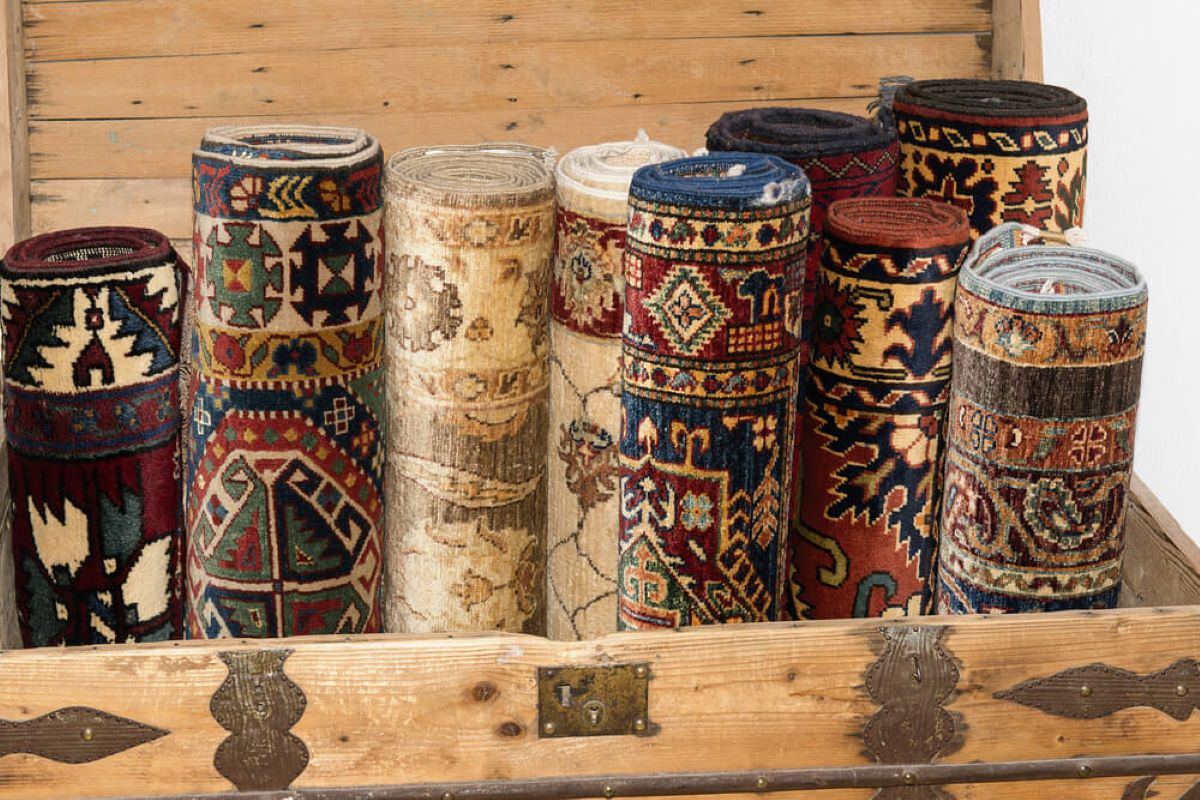

Articles
How To Store A Persian Rug
Modified: February 24, 2024
Looking for tips on how to store a Persian rug? Read our informative articles for expert advice on preserving the beauty and longevity of your luxurious rug.
(Many of the links in this article redirect to a specific reviewed product. Your purchase of these products through affiliate links helps to generate commission for Storables.com, at no extra cost. Learn more)
Introduction
When it comes to Persian rugs, their beauty and craftsmanship are unparalleled. These intricate works of art can transform any space, adding warmth, elegance, and a touch of luxury. However, owning a Persian rug also comes with the responsibility of properly storing and maintaining it to ensure its longevity.
Storing a Persian rug may seem like a daunting task, but with the right knowledge and steps, you can keep your prized possession in pristine condition for years to come. In this article, we will guide you through the process of storing a Persian rug, from choosing the right space to protecting it from pests and moths.
By following these guidelines, you can ensure that your Persian rug remains in its original glory, ready to be admired and cherished for generations.
Key Takeaways:
- Properly storing a Persian rug involves choosing the right space, cleaning and preparing the rug, rolling and wrapping it correctly, and storing it in a dry environment to protect it from pests and moths.
- Regular inspection and maintenance are crucial for preserving the beauty and quality of a Persian rug, including addressing spills and stains, rotating the rug, and considering professional cleaning every few years.
Read more: How To Value Persian Rugs
Choosing the Right Space
Before storing your Persian rug, it’s essential to choose the right space. The environment in which you store your rug plays a crucial role in its preservation. Here are a few factors to consider when selecting the ideal space for your Persian rug:
- Avoid areas with high humidity: Persian rugs are prone to damage in humid environments as moisture can lead to mold, mildew, and rot. Choose a space with low humidity levels, ideally below 55%.
- Keep it away from direct sunlight: Sunlight can cause fading and discoloration in your Persian rug. Choose a space where the rug is not exposed to direct sunlight, or use UV-blocking window treatments if sunlight is unavoidable.
- Temperature control: Fluctuations in temperature can affect the condition of your rug. Choose a space with stable temperatures, avoiding extreme highs or lows.
- Protection from pets and children: If possible, select an area where your rug is safe from pet accidents, spills, and constant foot traffic. This will help prevent potential damage and stains.
Once you have found the right space, prepare the area by thoroughly cleaning it and removing any dust, debris, or potential hazards that could harm your rug.
Next, consider the size of your Persian rug and the available storage space. If possible, roll the rug instead of folding it to prevent creases and permanent damage. Rolling the rug also helps preserve its shape and integrity. If the rug is too large to be rolled, you may need to store it flat, ensuring that it is properly supported and padded to avoid unnecessary strain.
By carefully selecting the right space and considering the size and storage method, you can set the foundation for a successful and effective way to store your Persian rug.
Cleaning and Preparing the Rug
Before storing your Persian rug, it’s crucial to clean and prepare it properly. This step is essential for maintaining the rug’s condition and preventing any dirt or debris from causing long-term damage. Here’s how to clean and prepare your rug for storage:
- Vacuum the rug: Start by vacuuming the front and back of the rug to remove loose dirt, dust, and debris. Use a vacuum with a gentle brush attachment to avoid damaging the fibers.
- Spot clean any stains: If your rug has any stains or spills, address them before storing the rug. Use a mild detergent or rug cleaner specifically designed for Persian rugs. Test the cleaner on a small, inconspicuous area first to ensure it doesn’t cause color bleeding or damage.
- Professional cleaning: If your Persian rug requires a deeper clean or has extensive stains, consider getting it professionally cleaned before storing. Professional cleaners have the expertise and specialized equipment to clean delicate rugs effectively.
- Allow the rug to dry: Ensure that your rug is completely dry before storing it. Moisture can lead to mold and mildew growth during storage. Hang the rug or lay it flat in a well-ventilated area until it is thoroughly dry.
- Wrap the rug in acid-free paper: Acid-free paper provides a protective barrier against dust and moisture. Gently roll the rug and wrap it with the acid-free paper, ensuring that each layer is secure.
- Avoid plastic or nylon covers: Do not use plastic or nylon covers as they can trap moisture and promote the growth of mold and mildew. These materials can also cause the rug to sweat during temperature fluctuations.
By cleaning your Persian rug properly and taking the necessary precautions, you can ensure that it remains in pristine condition while in storage. Proper cleaning and preparation are integral steps in the long-term preservation of your rug.
Rolling and Wrapping the Rug
Properly rolling and wrapping your Persian rug is crucial for its protection and preservation during storage. Correctly following these steps will help maintain the rug’s shape, prevent creases, and reduce the risk of damage. Here’s how to roll and wrap your rug:
- Lay the rug flat: Start by laying your cleaned and dried rug flat on a clean surface. Ensure that the rug is straight and aligned properly.
- Roll from the shorter end: Begin rolling your rug from one of the shorter ends. Roll it tightly but not too tightly to avoid putting excess strain on the fibers.
- Secure the rolled rug: Once you have rolled the rug tightly, use cotton straps or sturdy twine to secure the roll. Place the straps at regular intervals along the length of the rug to prevent it from unravelling.
- Wrap with a cotton sheet: After securing the rolled rug, wrap it with a clean, breathable cotton sheet. This extra layer of protection will shield the rug from dust and light exposure.
- Avoid plastic or nylon wrappers: Similar to plastic covers, plastic or nylon wrappers can trap moisture and damage the rug. It is important to use materials that allow the rug to breathe during storage.
When storing the rolled and wrapped rug, keep it in an upright position to prevent any unnecessary pressure or crushing. Avoid storing heavy items on top of the rug to maintain its shape and integrity.
If your Persian rug is too large or bulky to roll, you may need to store it flat. In this case, ensure that the rug is supported by a clean, flat surface and adequately padded to protect it from any potential damage.
By correctly rolling and wrapping your Persian rug, you can safeguard its beauty and structure while in storage. These steps will help preserve the rug for years to come.
To store a Persian rug, roll it up with the pile facing inwards to protect it from dust and damage. Wrap it in acid-free paper and store in a cool, dry place to prevent mold and mildew. Avoid storing in direct sunlight to prevent fading.
Storing the Rug in a Dry Environment
One of the most critical factors in storing a Persian rug is maintaining a dry environment. Excessive moisture can lead to mold, mildew, and irreparable damage to the rug’s fibers. Here are some steps to ensure that your rug is stored in a dry environment:
- Find a dry storage area: Choose a storage space that is dry and well-ventilated. Avoid areas prone to leaks or high humidity, such as basements or attics.
- Use a dehumidifier: If your storage area is prone to high humidity, consider using a dehumidifier to remove excess moisture from the air.
- Avoid damp floors: Ensure that the rug is not in direct contact with a damp or concrete floor. Place a protective barrier such as a plastic sheet or wooden pallet between the rug and the floor to prevent any moisture absorption.
- Avoid direct contact with walls: Keep the rolled or wrapped rug at least a few inches away from the walls to allow for proper air circulation and prevent condensation.
- Check for leaks: Regularly inspect the storage area for any signs of leaks or water damage. Address and fix any issues promptly to maintain a dry environment for your rug.
It is crucial to periodically check the storage area and the rug itself to ensure that it remains dry. If you notice any signs of moisture or dampness, take immediate action to resolve the issue and prevent any damage to the rug.
By storing your Persian rug in a dry environment and taking preventive measures against moisture, you can protect its beauty and quality for years to come.
Read more: What Are Persian Rugs
Protecting the Rug from Pests and Moths
Persian rugs are not only susceptible to moisture damage but also to pests and moths. These tiny invaders can cause irreparable harm to your rug, feeding on the fibers and leaving behind unsightly holes. To protect your prized possession, follow these steps to prevent pests and moths from infesting your Persian rug:
- Thoroughly clean the rug: Before storing, ensure that your rug is completely clean and free from any food spills or stains. Pests are attracted to residue or crumbs left on the rug’s surface.
- Use moth repellents: Place moth repellents or deterrents, such as natural cedar chips or lavender sachets, near the stored rug. These scents are known to repel moths and other pests.
- Maintain cleanliness in the storage area: Keep the storage space clean and free of dust, debris, and other potential food sources for pests. Regularly vacuum the area and wipe down any shelves or surfaces to eliminate any enticing materials.
- Inspect the rug periodically: Regularly check the stored rug for any signs of moth or pest activity. Look for small holes, insect droppings, or larvae. If you notice any infestation, take immediate action to protect the rug and prevent further damage.
- Avoid chemical treatments on the rug: While there are chemical treatments available to combat pests and moths, it is best to avoid using them directly on the rug. These treatments can potentially cause discoloration or damage to the fibers.
- Consider professional pest control: If you’re dealing with a severe pest or moth infestation, it may be necessary to seek professional pest control services. They have the expertise and knowledge to safely treat the area without causing harm to your rug.
By taking proactive measures to protect your Persian rug from pests and moths, you can ensure that it remains free from any unwanted visitors and maintains its integrity over time.
Regular Inspection and Maintenance
Even when your Persian rug is safely stored, it’s important to conduct regular inspections and maintenance to ensure its long-term preservation. Regularly checking on your rug can help identify any issues early on and address them accordingly. Here are some key steps to follow:
- Inspect for any signs of damage: Regularly unroll or unwrap your rug to inspect it for any signs of damage or deterioration. Look for frayed edges, loose threads, or any areas that may require repairs.
- Address spills and stains promptly: If you notice any spills or stains on your rug during inspection, address them immediately. Blot spills with a clean cloth and use a mild detergent or rug cleaner to remove stains carefully. Allow the area to dry thoroughly.
- Rotate the rug: To ensure even wear and prevent excessive sun exposure, rotate your rug periodically. This helps distribute the foot traffic and sunlight exposure across the entire rug, preventing areas from fading or wearing out more quickly.
- Vacuum and clean if needed: Depending on the storage environment and the condition of the rug, you may need to vacuum it periodically to remove any dust or debris. If necessary, follow the proper cleaning steps mentioned earlier to keep the rug looking its best.
- Consider professional cleaning: While regular upkeep can help maintain the rug’s condition, professional cleaning at least once every few years is recommended. Professional cleaners have the expertise and tools to deep-clean and revitalize your Persian rug.
By conducting regular inspections and performing necessary maintenance, you can catch any potential problems early and ensure that your Persian rug remains in the best possible condition.
Remember, each Persian rug is unique and may require specific care instructions based on its materials and craftsmanship. Always refer to the rug’s manufacturer or consult with a professional if you have any specific concerns or questions regarding maintenance.
Frequently Asked Questions about How To Store A Persian Rug
Was this page helpful?
At Storables.com, we guarantee accurate and reliable information. Our content, validated by Expert Board Contributors, is crafted following stringent Editorial Policies. We're committed to providing you with well-researched, expert-backed insights for all your informational needs.

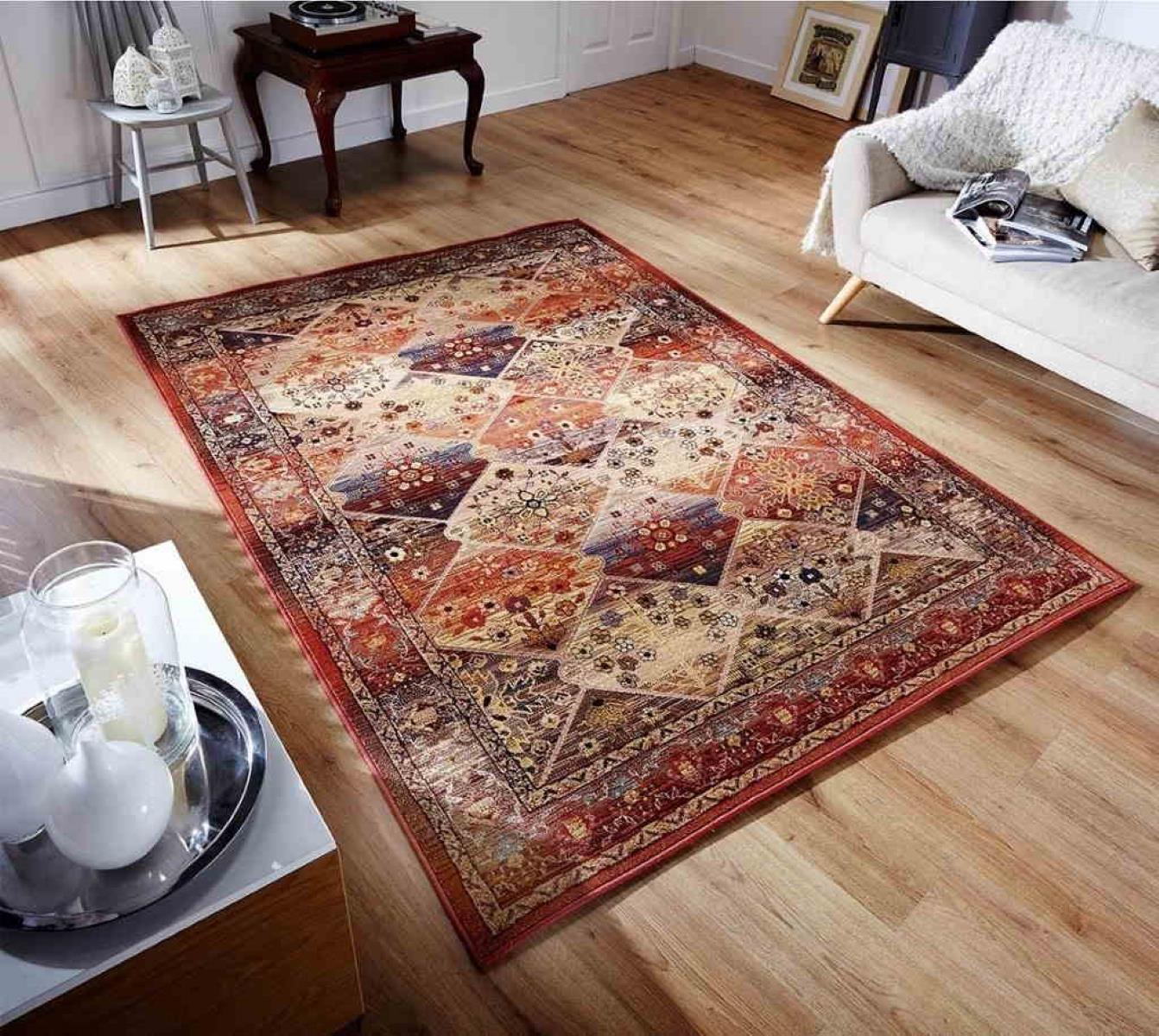
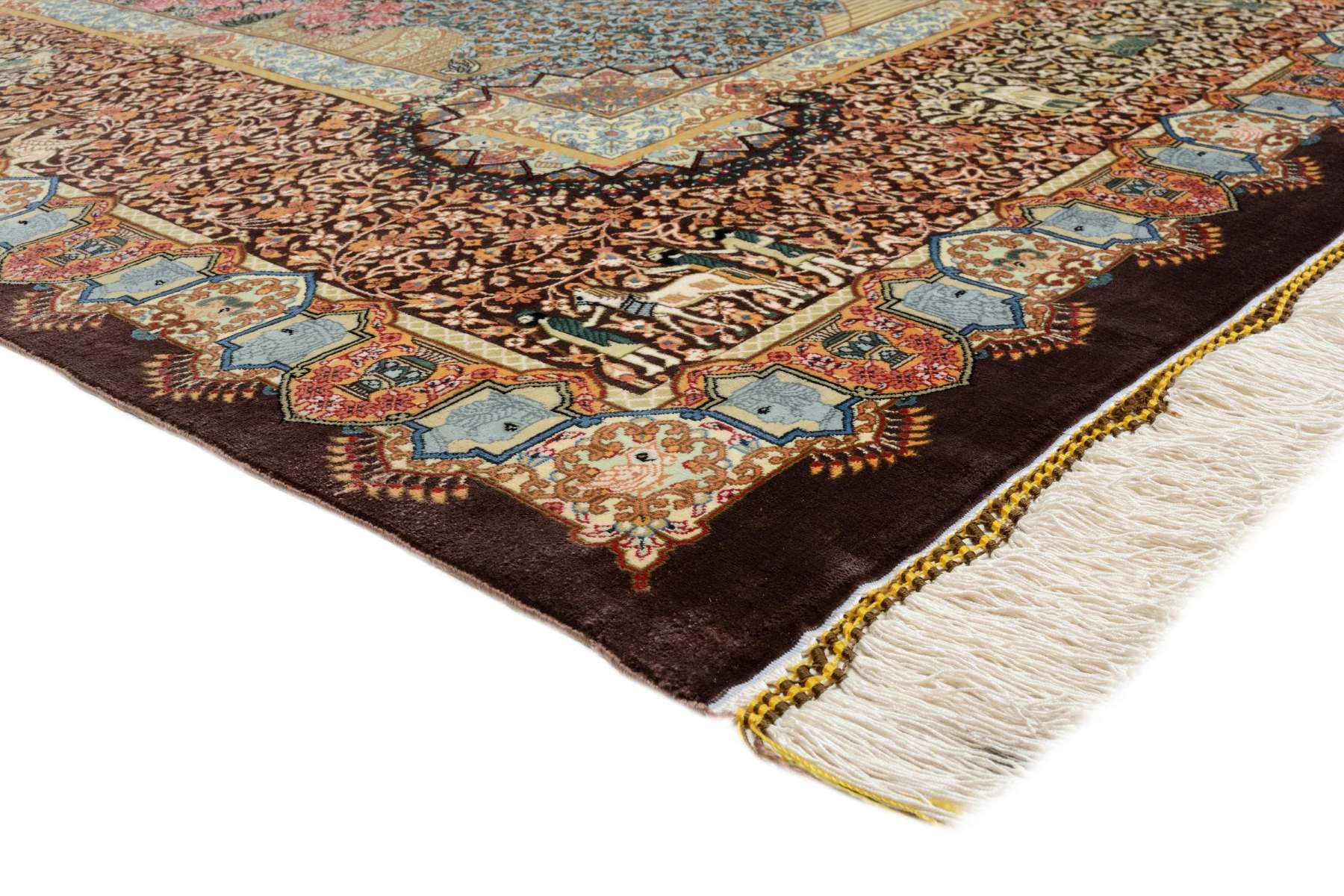
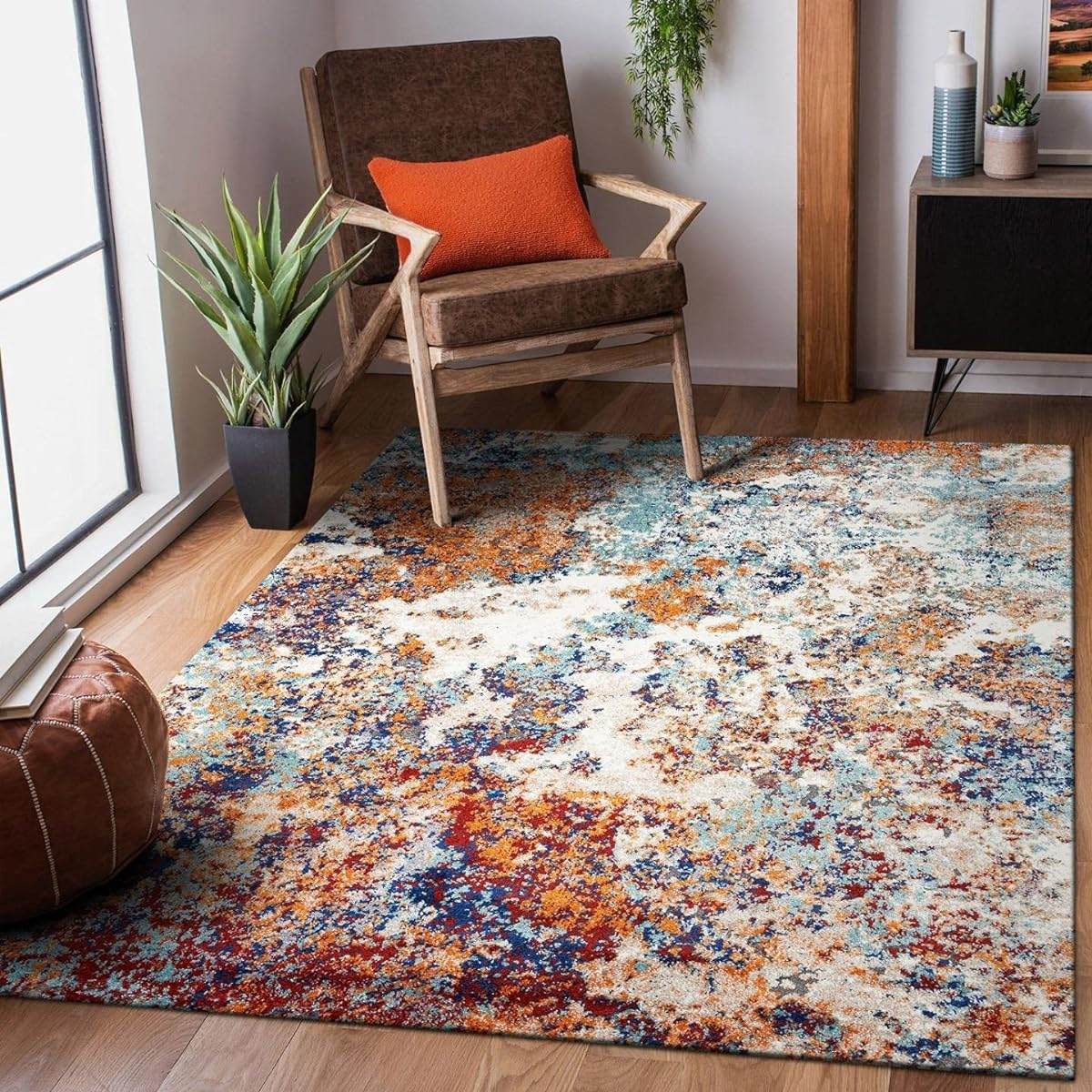


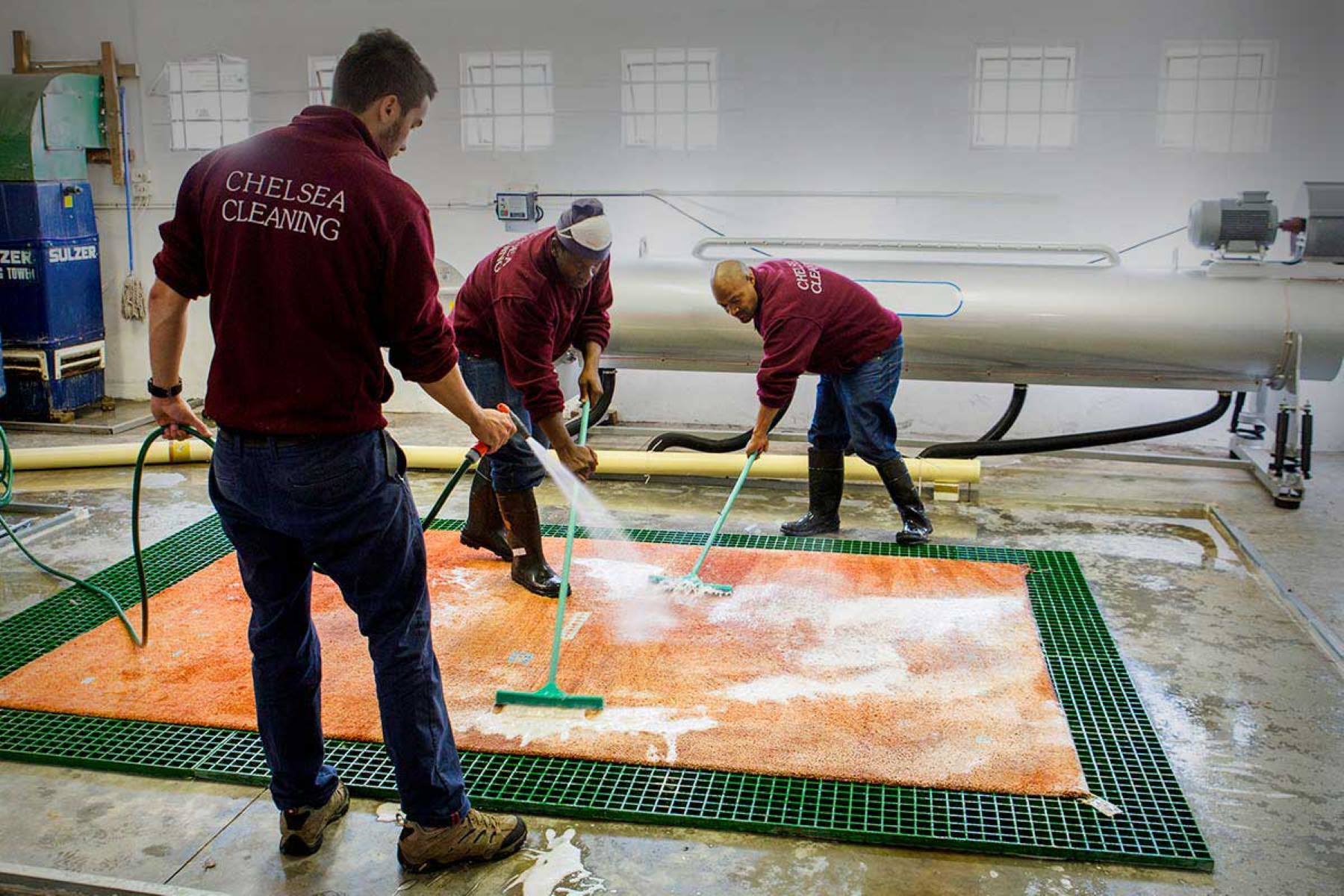
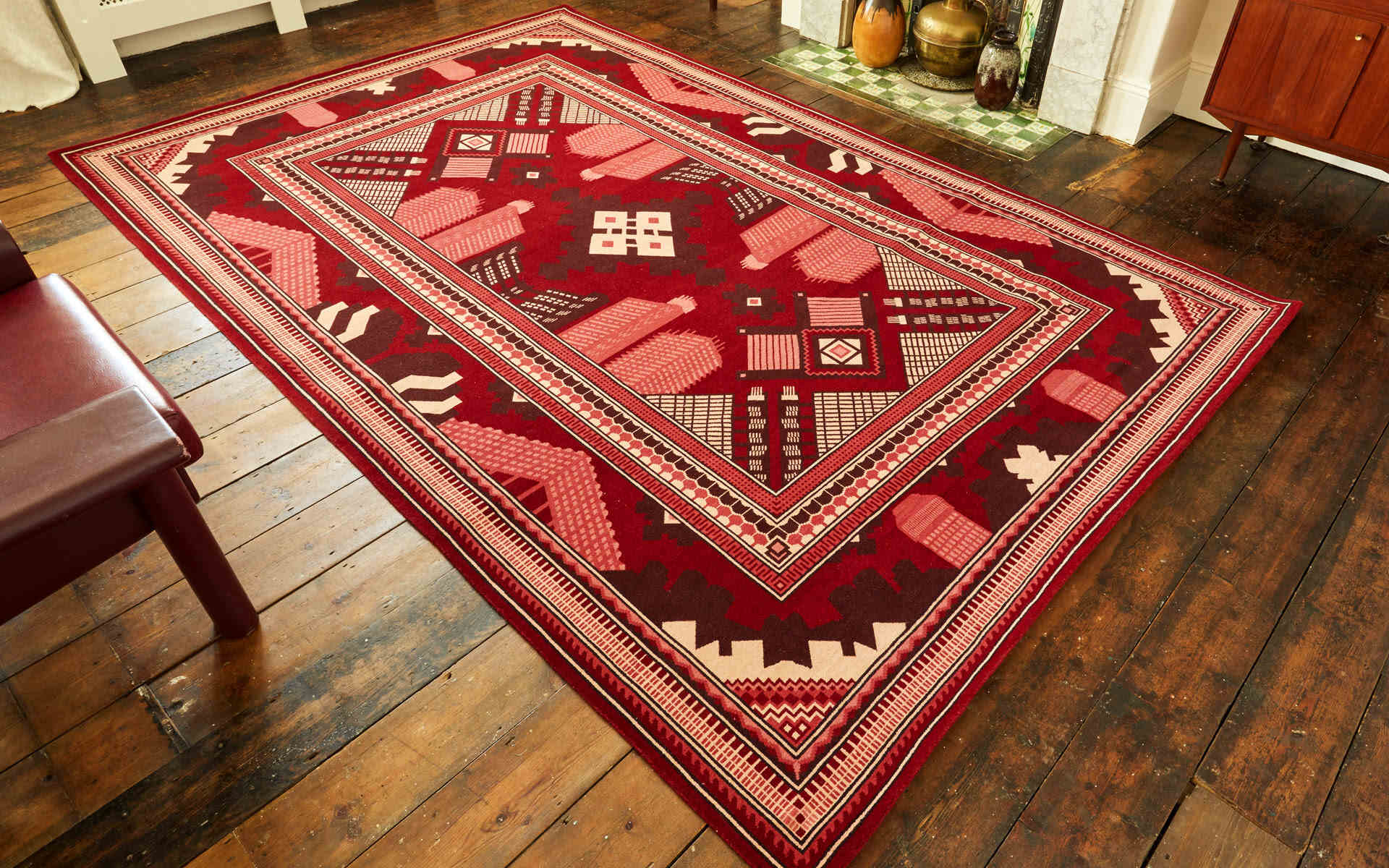
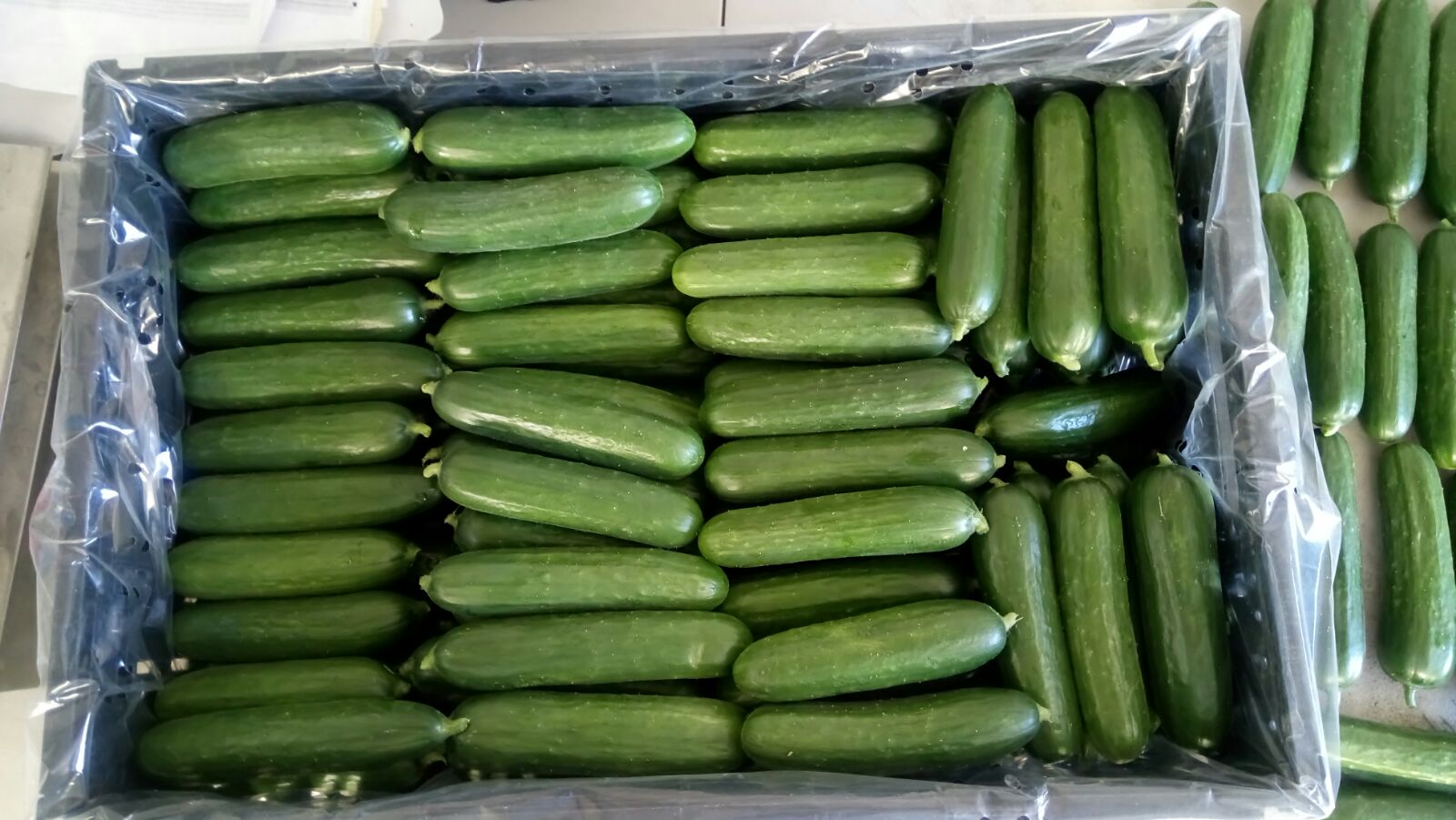
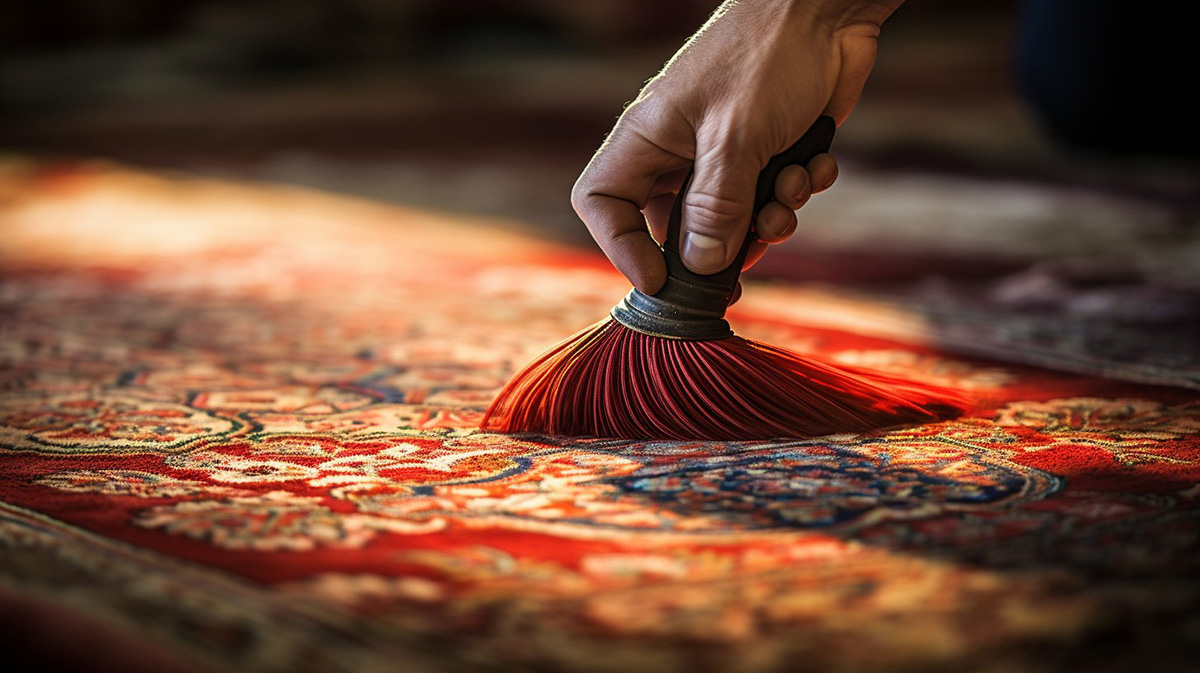
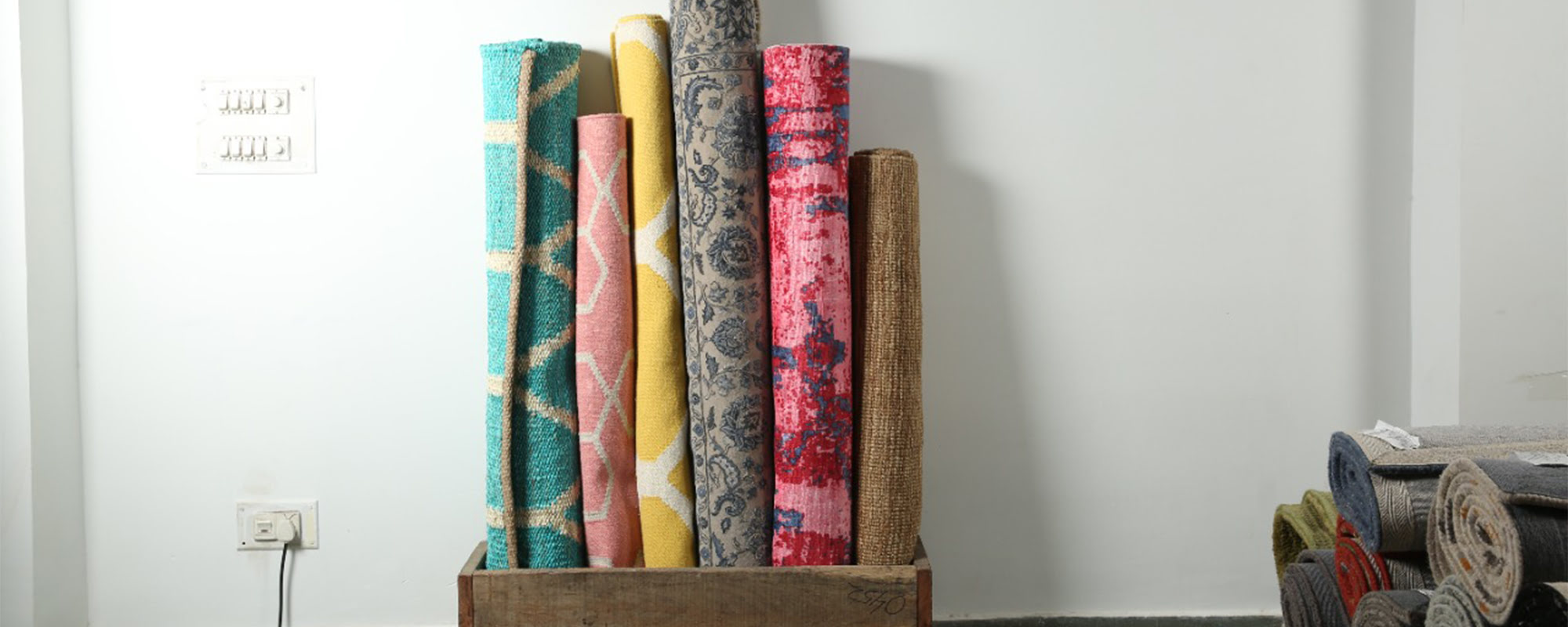
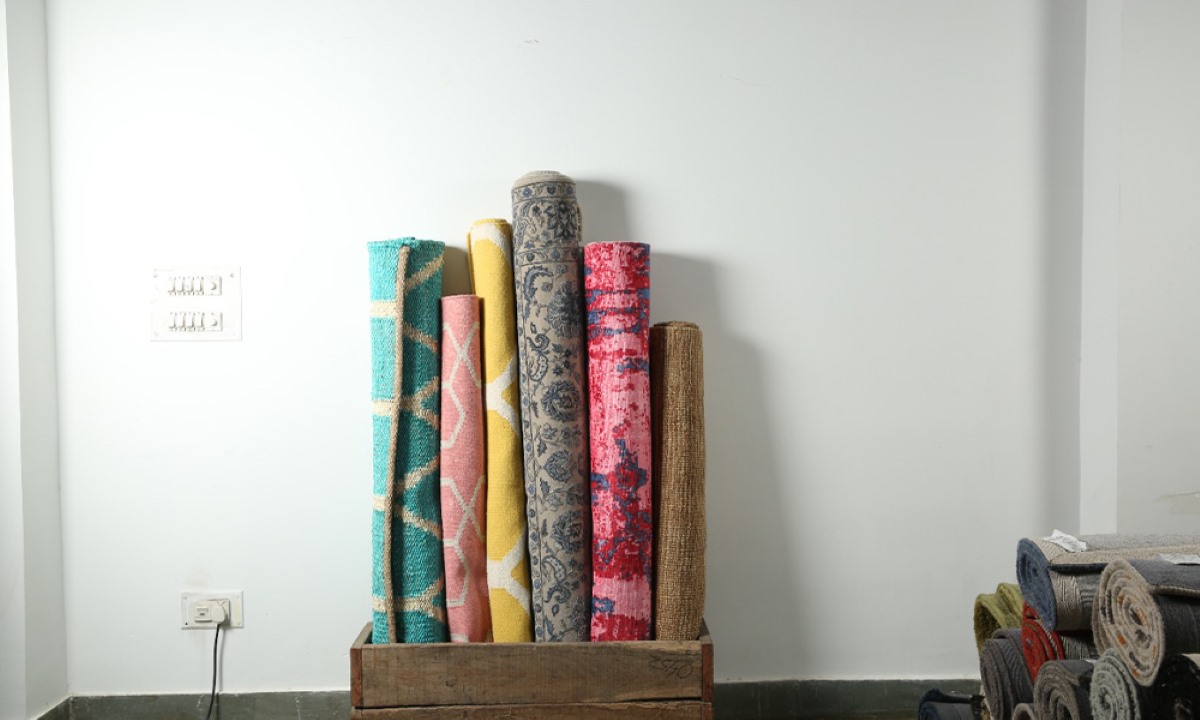
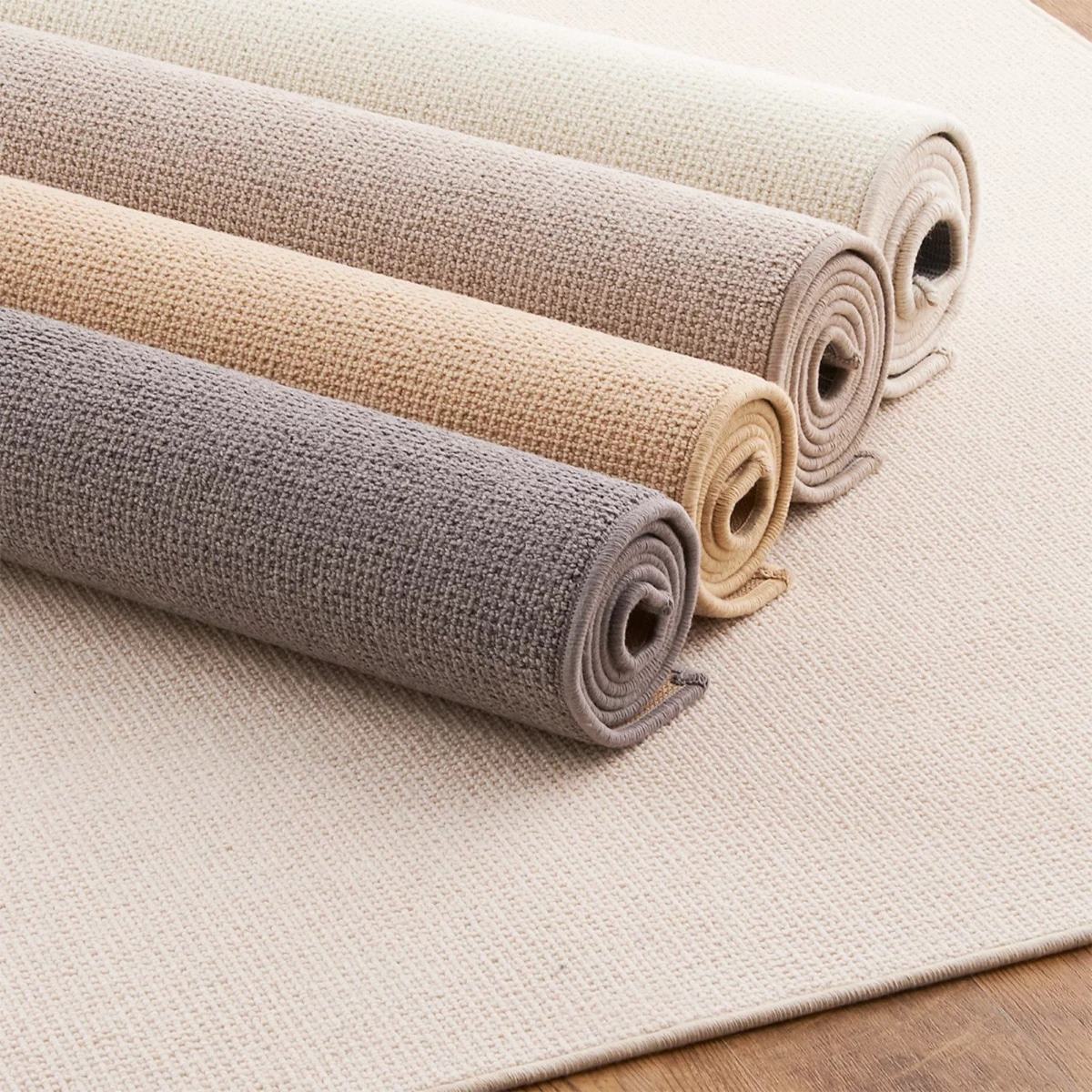
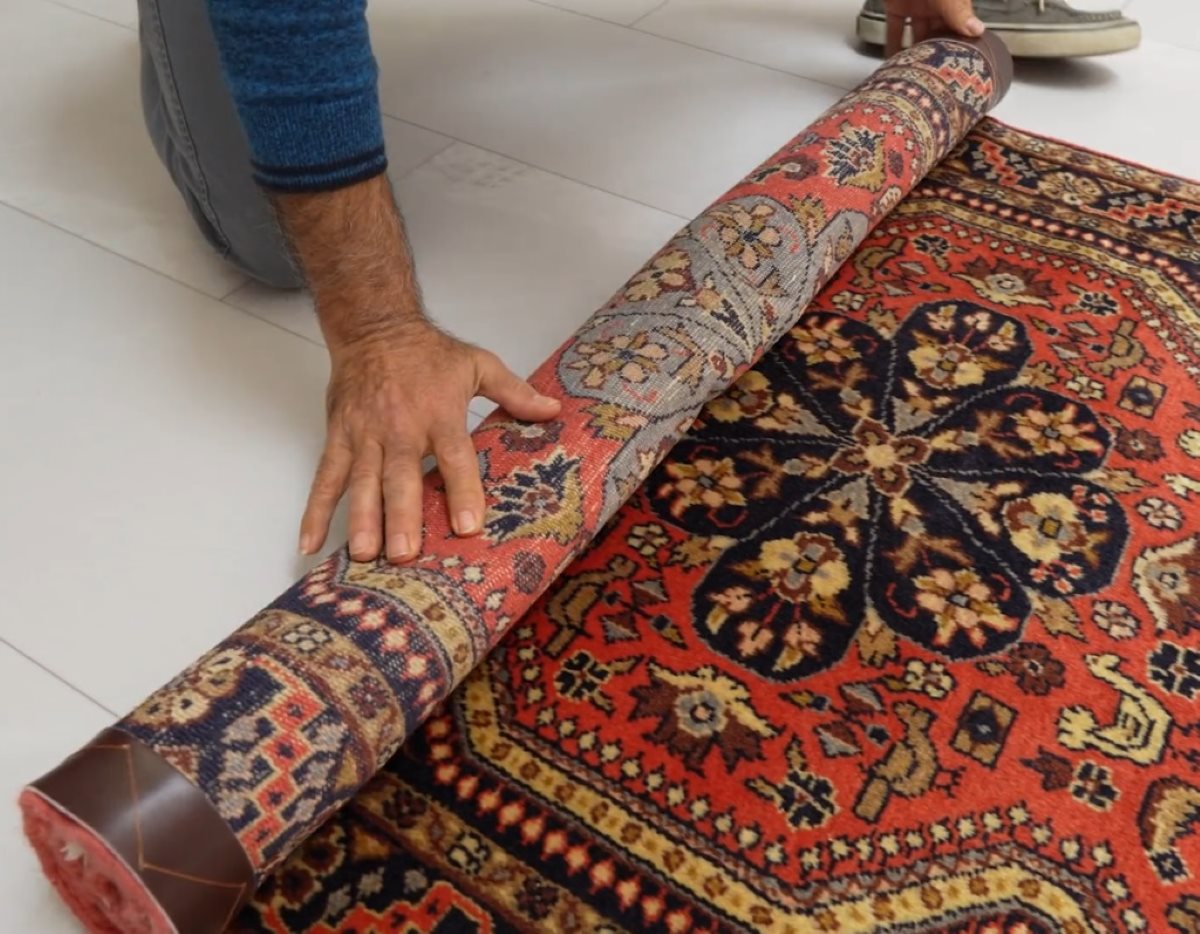

0 thoughts on “How To Store A Persian Rug”